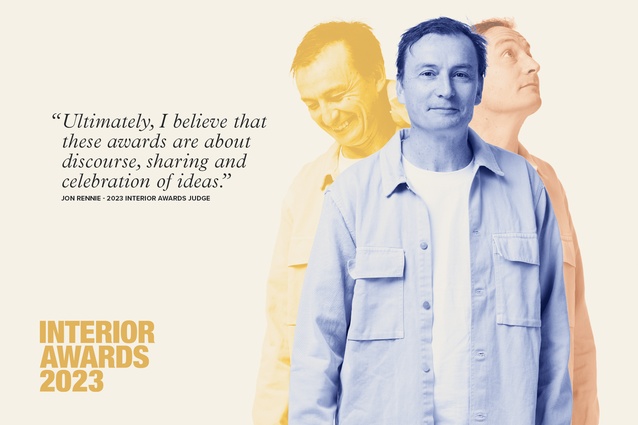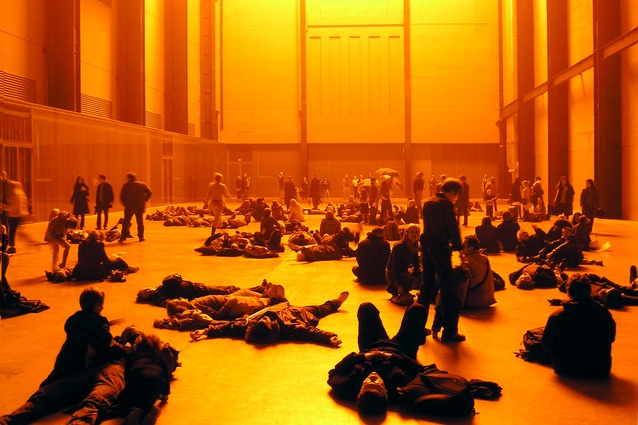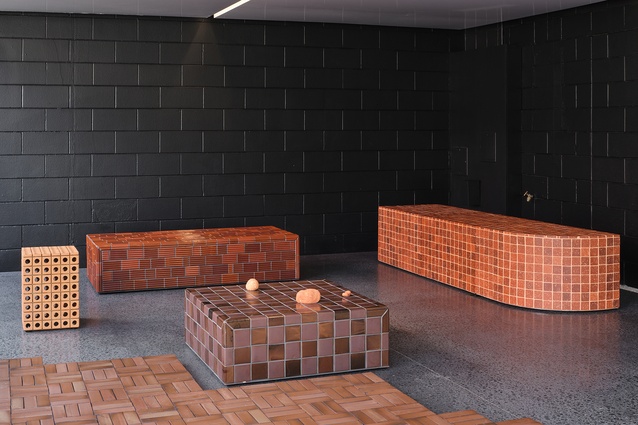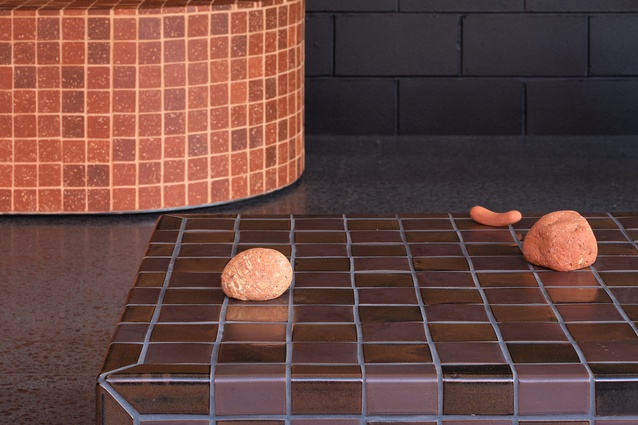Meet the 2023 Interior Awards jurors: Jon Rennie
Jon Rennie is a principal of Athfield Architects and heads its Auckland studio. Originally from Wellington, Jon has more than 20 years of postgraduation experience in the design of public architecture and urbanism and has worked in the United Kingdom, Spain, the United States and New Zealand. His experience includes adaptive re-use of existing and listed buildings and new build design of multi-unit residential buildings, theatres, auditoriums and libraries.
What’s one of your favourite interior spaces, either here in Aotearoa or overseas, that’s inspired you or your design thinking?
Olafur Eliason’s ‘The Weather Project’ installation in the Tate Modern Turbine Hall was a seminal lesson for me in atmosphere created with the minimum of materials and minimal intervention. Walking in from cold gloomy London – where everyone was irritable, and anti-social – to a warm, humid, scented place with a mirrored ceiling and an artificial sun at one end of the room was transformational. People relaxed, acknowledged their neighbour, lay on the floor, hung out…, hooked up….. I am sure that interior was responsible for many first dates, relationships… maybe marriages and offspring. That interior connected people in a phenomenal way.
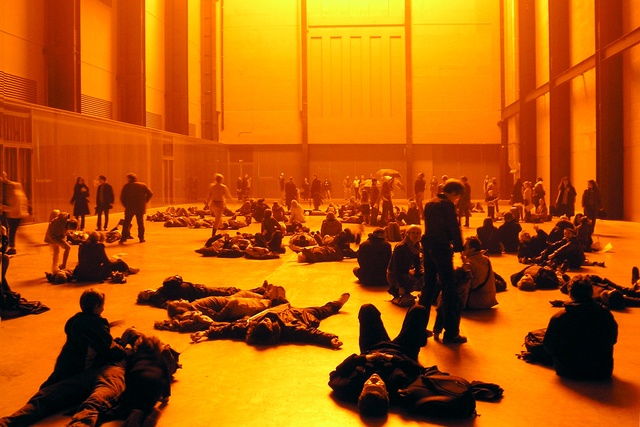
If you could design an interior project for anyone, who would it be and why?
In Pukekohe, there is the Southern Hemisphere’s largest collection of pinball machines – over 120. The space in which they sit is non-descript and perfunctory – it provides shelter and facilities but little else. It is the unfulfilled opportunity that irritates – it would not take much to make it so much better and because the house is used to host pinball competitions and gathers groups, it deserves a little more. Simple functional improvements, a shift in atmosphere and some celebratory moves to make it the architectural equal of the beautiful machines that it contains. A small, incremental improvement that is not going to save the world, and is not the most worthy – but an interesting challenge to design a (new?) space that is part playing field or stage, part viewing area and concourse, part museum and part workshop without being a deathly dark and non-descript 1980s “spacies arcade”.
Who do you admire within the interior design industry and why?
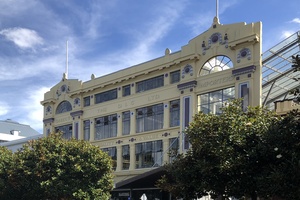
Clare Athfield. An absolute rockstar, huge under-acknowledged legacy, with an ability to move seamlessly between the small detail and the big picture. We were involved in revisiting the Palmerston North Library and adapting it to contemporary library service models and operations – potentially unpicking her and Ath’s work from 1994. Their approach was not precious, defensive or preservationist. Clare said they were just trying to do the best, coolest, most interesting stuff at the time and encouraged us to do what feels right now, for the building and the community.
What trends do you think we might see this year?

On Friday 18 March, Objectspace revealed their latest courtyard plinth commission – ‘Mantle Overturn’ by ceramicist Ben Pyne. It is a beautiful collection of tiled furniture and objects which invites occupation of the plinth. No doubt it will begin to appear in precedent images of other designers’ work. I just hope that they commission Pyne and specify his “New Zealand tiles” rather than just rip him off.
What are you looking forward to while judging the Interior Awards 2023?
How people have solved problems and how they talk about their work. Working on projects, you (I) think “this is the only way to do it…”. In competitions, I often think “damn it, everyone must be proposing the same thing, it’s so obvious”, only to discover at the end that everyone had a different – sometimes wildly different and often (annoyingly) better – take on the same design problem. And what is more, everyone talks about their work in different ways. Every time it blows my mind – in a good way. To be challenged by this is what I am looking forward to.
(I am also really hopeful that someone submits a pub. They must be just about the hardest interior to successfully design and I’d love to see a great contemporary one. Although it might require a site visit).
What key piece of advice would you give to those thinking of entering the awards?
I don’t want to be marketed at, pitched to, or have stuff glossed over. I am much more interested in clever plans and tight-budget projects than tightly cropped “money shots”. Treat it as an opportunity to reflect on the work and celebrate it. Try positioning the submissions in the continuum of what you’ve done before and what you are doing next. That’s much more interesting, productive and should lead to some really good korero amongst us all. Because, ultimately, I believe that these awards are about discourse, sharing and celebration of ideas.

